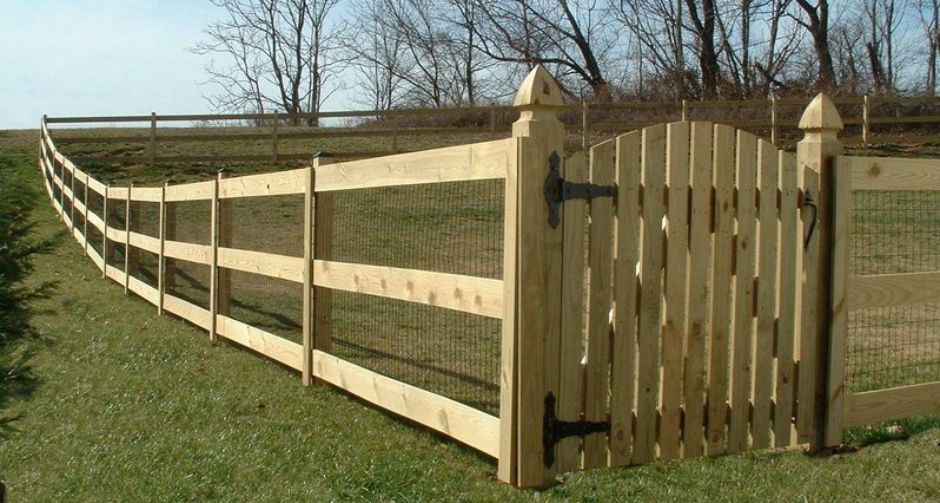When it comes to installing a wood fence, getting the post depth right is essential. Improperly set posts can lead to a fence that leans, sags, or collapses over time. So, how deep should you dig those wood fence posts? The answer typically falls between a third and half of the post’s height and at least six inches below the frost line. Here’s a guide to help you understand why this depth matters and how to ensure your fence is stable and long-lasting.
Why Frost Line Depth Matters for Fence Posts
The frost line is the depth at which the ground freezes in the winter. Digging below this line is crucial to prevent frost heave, which can push your fence posts out of the ground. When water in the soil freezes, it expands, exerting pressure on any structure within the frozen ground. Ensuring that your fence posts are installed below the frost line protects them from the seasonal shifts that could compromise their stability. Homeowners can check the frost line depth by consulting their local building code office, as it varies depending on the climate in your area.
Check Local Building Codes
Before you start digging, it’s wise to consult your local building codes. Recommendations for fence post depth can vary depending on soil type, climate, and other factors specific to your location. For example, clay soils can expand and contract more dramatically than sandy soils, which may affect how deep you need to set the posts. Local officials can provide guidance based on these regional nuances, ensuring that your fence is built to last.
You should also call Miss Utility, as you should for any project that requires digging.
Consider the Diameter of Your Post Hole
In addition to depth, the width of your post hole is equally important. As a rule of thumb, the diameter should be at least three times the diameter of the fence post. For example, if you are installing a 4-inch diameter post, the hole should be 12 inches wide. This extra space around the post allows the gravel and concrete to firmly anchor the post, providing added stability.
Avoid Direct Contact with the Ground
To prevent rot, the fence post itself mustn’t touch the ground. Even treated wood can be susceptible to decay if it’s in constant contact with soil. When wood touches the ground, moisture is absorbed into the wood fibers, creating an environment conducive to rot. Fungal organisms thrive in moist conditions, breaking down the wood fibers and weakening the post. By ensuring that the bottom of the post is set on a bed of gravel and encased in concrete, you’ll greatly reduce the risk of rot.
Use a Level to Ensure Stability
One of the most important steps in the installation process is to make sure each post is vertical. A leaning post compromises the structural integrity of your fence. Use a level or a plumb line to ensure that each post is perfectly upright. Adjust as needed before filling the hole with concrete.
Filling the Post Hole: Step-by-Step
- Start with Gravel: Begin by tamping down 3-4 inches of gravel at the bottom of the hole. Gravel provides drainage, helping to prevent water from pooling at the base of the post. This drainage is essential to minimize the risk of rot and frost heave.
- Add Quick-Setting Concrete: Once the gravel is in place, fill the rest of the hole with quick-setting concrete. Quick-setting concrete is ideal for fence posts because it cures rapidly and provides a strong, stable base. Be sure to follow the instructions on the concrete mix for the best results.
- Check for Level: As you fill the hole, double-check the post with a level to ensure it remains vertical. Making small adjustments as the concrete sets can save you from headaches down the road.
- Let the Concrete Cure: Allow the concrete to cure fully before attaching the fence panels. This typically takes at least 24 hours, but always refer to the concrete manufacturer’s recommendations.
By following these steps and installing your fence posts correctly, you’ll set the foundation for a sturdy, reliable fence that can withstand the elements for years to come. Proper post installation helps maintain the appearance of your fence and protects your investment in the long run.
Read More:

